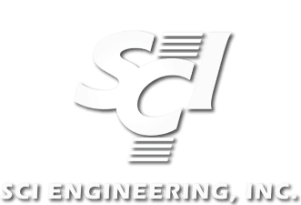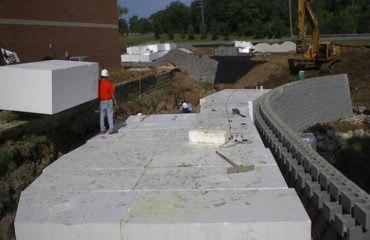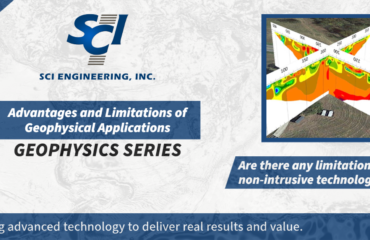The objective or objectives of Geophysical imaging may be very specific or very general. Like any other tool, geophysical imaging has advantages and limitations, and irrespective of the objective, the supervising engineer or the project manager should ensure that any geophysical methods employed provide useful and cost-effective information.
To ensure appropriate methods are used, the supervising engineer should insist the utility and cost-effectiveness of available geophysical tools are evaluated and considered – ahead of time.
A series of “questions” should be raised during this initial planning phase. These “questions” should be satisfactorily addressed to ensure (to the extent possible) that useful and cost-effective geophysical data are acquired.
Collectively, these “questions” constitute a “general guide” for selecting the most appropriate geophysical tool or tools. If these “questions” are not addressed, inappropriate geophysical tools may be employed and
– Time may be lost.
– Excessive costs may be incurred.
– Unsuitable geophysical data may be acquired.
Questions to be considered include:
· What are the contrasting physical properties of the target(s)? (i.e., will they stand out from the background data?)
· Which geophysical tools respond to these physical properties?
· Which tools can provide the required spatial resolution and target definition? (i.e., can the tools discern the size of the target(s)?)
· Which geophysical tools can perform well under the study area conditions? (i.e., tight access, steep slopes, vegetation, or water bodies)
· Which tools provide complemental/supplemental data?
· What non-geophysical control is required to constrain the interpretation of the acquired geophysical data? Such as topographical survey control or soil boring data.
· Which tools are cost-effective?
· Is the overall geophysical program cost-effective?
Consultation with an expert geophysicist is essential because cost-effective analyses must be based on reasonable expectations (re: costs and deliverables).
It is very important that cost estimates are based on appropriate acquisition and processing parameters.
Unfortunately, in an effort to trim costs, acquisition, processing, and interpretation efforts are sometimes minimized at the expense of data quality, and to the extent that projected deliverables cannot be obtained.
Unacceptable quality data is not cost-effective at any price.
If these “questions” are addressed ahead of time, the probability of success is greatly increased!
The article is prepared in collaboration with Professor Emeritus Neil Anderson.






